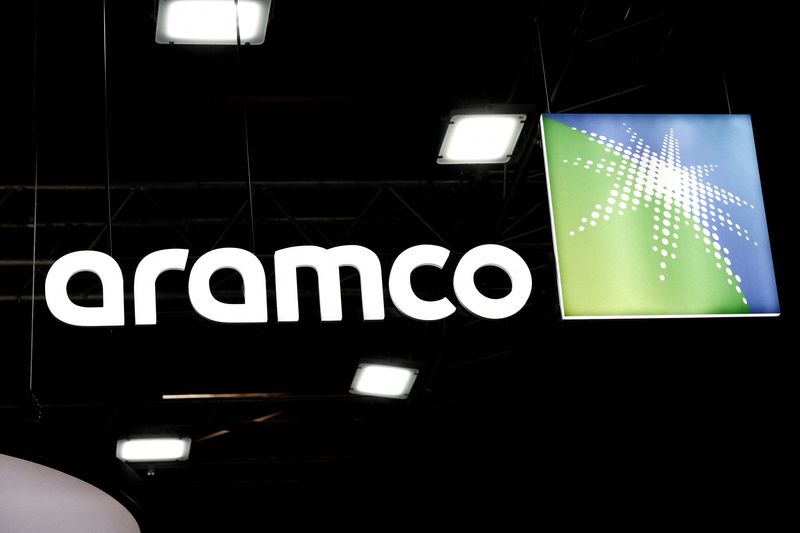An asset is a resource owned or controlled by a company that can yield future economic benefits. If these benefits span several years, the asset may be considered a capital asset.
What is a Capital Asset?
A capital asset is a significant property or equipment owned by a business and utilized in its operations to generate revenue. These assets are typically long-term investments with a useful life extending beyond one year, including buildings, machinery, vehicles, and land. Unlike current assets, which are expected to be converted into cash or consumed within a year, capital assets are intended for ongoing use, contributing to the company’s operational capacity over time.
Capital assets also depreciate or amortize over their useful life, accounted for as a non-cash expense in financial statements. When acquiring them, businesses evaluate the return on investment (ROI) due to the substantial financial commitment involved. In accounting, capital assets are recorded on the balance sheet at their historical cost, reflecting the purchase price and any additional expenses necessary to make the asset usable.
What are the types of Capital Assets?
Capital assets can be classified into several types based on their nature and purpose within a business. The two most common distinctions include tangible and intangible capital assets. However, other classifications may also exist.
Tangible assets
Tangible capital assets refer to physical items a business uses in its operations and can touch or see. This category includes land, buildings, machinery, and equipment.
Intangible assets
Intangible capital assets are non-physical assets that provide value to a business through rights and privileges. This category includes patents, trademarks, copyrights, and goodwill.
Natural resources
Natural resources are capital assets that consist of raw materials and resources extracted from the environment. This category includes mineral rights, which grant ownership over minerals such as oil, gas, or metals beneath the land, allowing extraction and sale.
Investment assets
Investment capital assets refer to assets held primarily for generating income or appreciation rather than for direct business operations. It includes real estate investments, stocks, and other financial derivatives.
Capital Asset vs Fixed Asset: What are the differences?
Most people often confuse capital and fixed assets. However, they are different based on the following points.
Definition
Capital assets are significant properties or equipment businesses own and use to generate revenue, including tangible assets like land and buildings and intangible assets such as patents and trademarks. Contrastingly, fixed assets are a specific type of capital asset, focusing solely on tangible long-term items like machinery and vehicles used to produce goods and services, not intended for sale.
Scope
The scope of capital assets is broader, encompassing tangible and intangible assets, investments, and natural resources that can yield future economic benefits. In comparison, fixed assets are limited to tangible items used in operations over the long term, excluding intangible assets and financial investments.
Depreciation
Many capital assets, especially tangible ones, are subject to depreciation, while intangible assets like patents are amortized. On the other hand, fixed assets consistently undergo depreciation, allocating their cost over their useful life to account for wear and tear.
Accounting treatment
Capital assets are recorded on the balance sheet at historical cost and can fall under tangible or intangible, with varying accounting treatments based on asset type. In contrast, fixed assets focus on depreciation and impairment accounting.
Conclusion
A capital asset is a resource owned or controlled by a company that provides long-term benefits. Typically, these assets may fall into the tangible and intangible categories. However, there might be other classifications of capital assets as well. While they have similar characteristics as fixed assets, capital assets cover a broader range of resources.
Further questions
What's your question? Ask it in the discussion forum
Have an answer to the questions below? Post it here or in the forum




